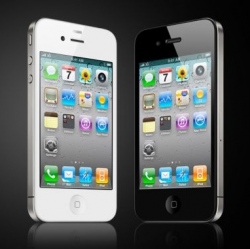
Researchers unveiled a new aluminum-ion battery chemistry with the unique ability to charge or discharge in less than a minute. It is also the first aluminum-based battery to achieve an operating voltage sufficient for common applications and last longer than a few hundred charge-discharge cycles.
In other words, it’s the first aluminum-ion battery to really work. At the same time, the new battery is not without its limitations. There are a number of reasons why we probably won’t see it in our smart phones or electric vehicles anytime soon.
To store energy, a battery requires two materials with an electrochemical voltage difference between them and an electrolyte that impedes the flow of electrons but enables the flow of ions between the two materials.
The aluminum-ion battery introduced last week uses simple aluminum metal in its negative side (anode) and a specialized three-dimensional graphite foam in its positive side (cathode).
The positive and negative sides of the battery are separated by a liquid electrolyte of 1-ethyl-3-methylimidazolium chloride and anhydrous aluminum chloride. This electrolyte was selected because it contains mobile AlCl4- ions, which are exchanged between the two sides of the battery as it charges and discharges.
The aluminum-ion battery’s lower voltage and lower charge capacity give it about one quarter the energy density of a typical lithium-ion battery (about 40 Watt-hours per kilogram versus about 160 Watt-hours per kilogram for lithium-ion).
Thus, powering your smart phone, laptop, or electric vehicle with an aluminum-ion battery would require a battery that weighs about four times the weight of a comparable lithium-ion battery.
